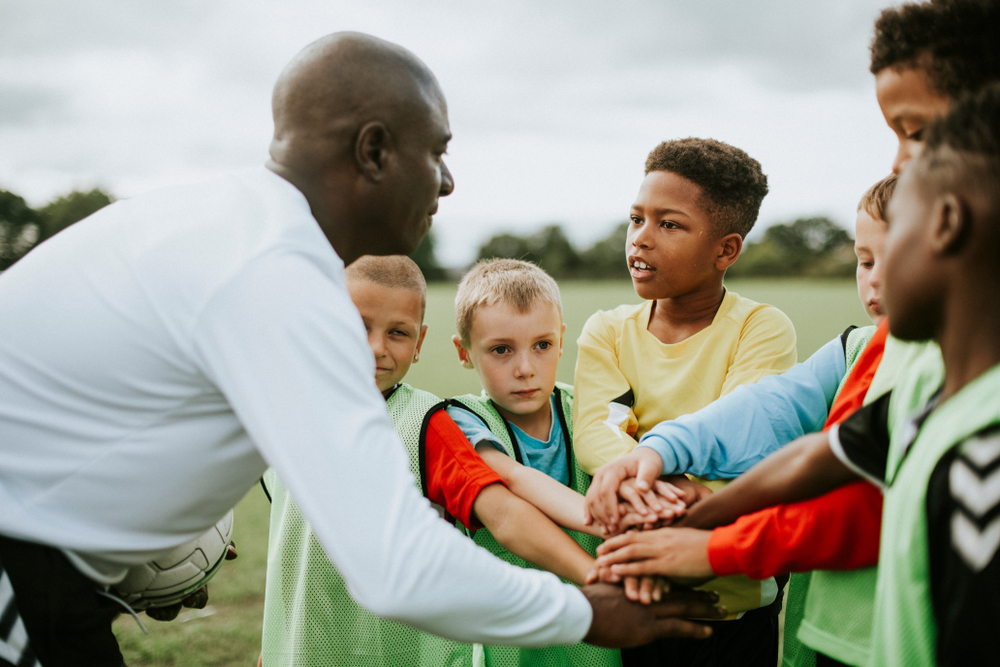Before COVID-19 brought in a wave of change to virtually every part of our lives, school sports were certainly not something we expected to be non-existent in the later half of 2020.
High school athletic departments were making a lot of progress with issues like transgender athlete inclusion and equal funding for all sports, but now the only conversation is whether or not sports will even exist in the fall semester (and beyond).
Many professional sports are now acting in some capacity after extended lockdown periods due to the coronavirus, but many colleges have already cancelled their fall sports.
A lot of people think high school sports should follow suit, but kids would certainly be missing out on more than just the sport itself.
The Game
As mentioned, many professional sports are acting with limited capacities of fans and frequent and available testing.
In the NBA, the entire league is staying inside of a self-contained environment in Orlando known as “The Bubble.” In 3 weeks of Bubble activity for the NBA, there have been exactly zero positive tests reported.
This leaves room for optimism, but the availability of testing for a billion dollar organization like the NBA compared to a given public school comes down to finances, making it an almost-impossible model to implement in schools.
If testing is not available, the only feasible way of imagining fall sports would be that with no fans, and probably localized rules, as small town America hasn’t experienced as many COVID-19 cases as large cities.
If, indeed, high school students are forced to sit out, the development of their talents will surely suffer, as will the amount of physical activity.
Beyond the Game
In addition to the physical aspects, there is a very long list of secondary enjoyments that kids enjoy because of sports.
Sports help kids with mental issues like dealing with anxiety and stress, building confidence, developing life skills like persistence, teamwork and listening, and more. In addition, coaches often serve as more than just coaches.
Many, many student-athletes develop lifelong relationships with their coaches, even in a mother-figure/father-figure role for many.
Kids also get a lot out of friend time, which is now greatly reduced for many children, especially those in urban areas.
The missed camaraderie is unfortunate, and in some extreme cases, may even be a cause of depression for some teens.

Alternatives
The physical alternatives are aplenty, and most areas of the country have opened public areas back up and just ask for social distancing practices and masks.
Hiking is a great way to stay in shape, but it’s also difficult to come by in some locales.
For more populated areas with less space to run around, indoor exercises like yoga can be good for both body and mind, however the cardio aspect is lacking.
Healthy foods can also help counteract the effects of a lack in physical activity, and they can also support reductions in anxiety and stress that can lead to worse issues.
As far as the one-on-one counselor aspect that many teens share with their coaches, it’s very difficult to replicate.
Hopefully coaches opt to stay connected and can converse with their players via Zoom and other online means, but if not, counseling services online are readily available.
Future
There is still no telling when the Coronavirus will run its course, and though optimism is important, realism is, as well.
The longer the pandemic drags on, the longer our youngsters will be without sports and other means of social gathering like plays and music.
Evolving as information becomes available is important, and remembering that mental and physical health often mirror each other is important to ensure that the body and mind both receive the attention they need during this strange time.

